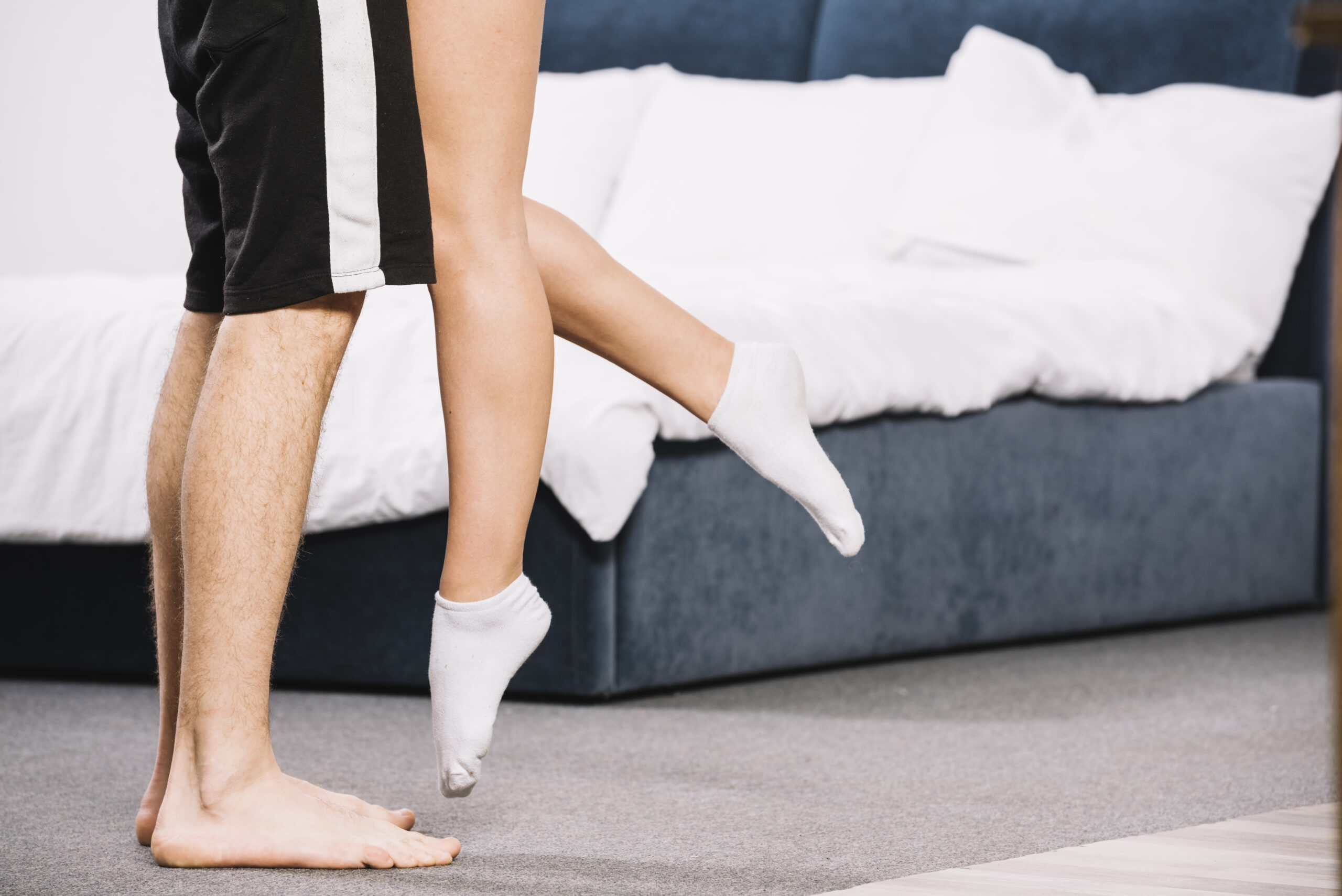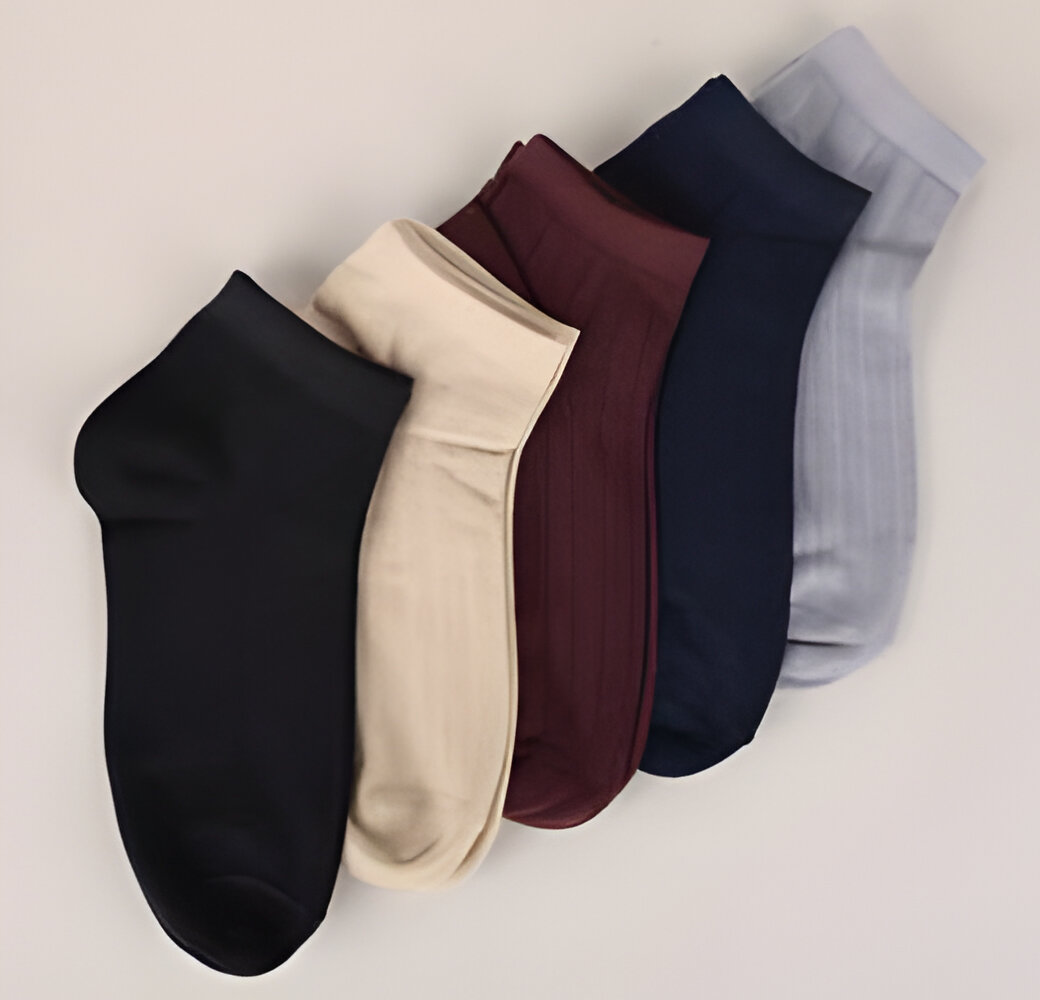

Compression socks are becoming increasingly popular among a wide range of individuals, from athletes to office workers, and for good reason. These specially designed socks offer numerous benefits that go beyond simple comfort. In this article, we will explore the compression socks benefits, highlighting their positive impact on circulation, recovery, and overall health.
Compression socks apply therapeutic pressure to the lower legs, enhancing blood flow and providing support for various health conditions. Whether you’re looking to improve your athletic performance, reduce swelling, or simply keep your legs feeling fresh throughout the day, understanding the benefits of compression socks can help you make an informed decision.
Compression socks are a type of hosiery designed to apply gentle pressure to your legs and ankles, promoting better blood flow from your legs to your heart. This enhanced circulation helps prevent the pooling of blood in the lower extremities, which can lead to swelling and discomfort. By squeezing the legs, these socks reduce the diameter of major veins, increasing blood velocity and improving overall circulatory health.
Compression socks come in various styles, lengths, and pressure levels, allowing you to choose the right fit for your needs. They can be knee-high, thigh-high, or full-length tights, and the pressure is usually measured in millimeters of mercury (mmHg). The right compression level depends on your specific needs, whether for general wellness, athletic performance, or managing medical conditions.
Compression socks improve blood flow in the legs, ensuring that oxygen and nutrients are efficiently delivered to your muscles and organs. This compression sock benefit for circulation is particularly useful for those who spend long hours on their feet or sitting at a desk. Improved circulation helps reduce the risk of developing blood clots, deep vein thrombosis (DVT), and other circulatory issues.
Fluid retention, or edema, can cause swelling in the legs and ankles. Advantages of wearing compression socks include reducing this swelling by preventing fluid buildup and promoting better lymphatic drainage. This is especially beneficial for pregnant women, individuals with chronic venous insufficiency, and those recovering from surgery. By wearing compression socks, you can manage edema effectively and reduce the discomfort associated with swollen legs.
Improved blood flow leads to less achiness and heaviness in the legs. Whether you’re recovering from a strenuous workout or dealing with chronic pain, compression socks can provide much-needed relief. The gentle pressure they apply helps soothe sore muscles and alleviate the discomfort associated with conditions like plantar fasciitis, shin splints, and varicose veins.
Athletes can benefit from compression socks before, during, and after exercise. They help reduce muscle fatigue and soreness by enhancing blood flow and decreasing lactic acid buildup, thereby speeding up recovery times. Compression socks also provide support to the muscles and joints, reducing the risk of injuries during high-impact activities like running, cycling, and weightlifting.
Physical comfort can significantly impact mental performance. By reducing leg pain and fatigue, compression socks help you maintain better focus and concentration throughout the day. This is particularly beneficial for individuals with sedentary jobs, such as office workers, who often experience discomfort from prolonged sitting. By wearing compression socks, you can stay more comfortable and productive.
Conditions like restless leg syndrome and poor circulation can disrupt sleep. Wearing compression socks can alleviate these issues, leading to improved sleep quality. The gentle pressure they apply helps reduce leg cramps and discomfort, allowing you to enjoy a more restful night’s sleep. This is especially beneficial for individuals with chronic health conditions that affect their sleep patterns.
People with jobs that require prolonged sitting or standing often suffer from poor circulation. Compression socks help keep blood flowing, reducing the risk of swelling and discomfort. This is particularly important for professions like nurses, teachers, and flight attendants, who spend long hours on their feet. By wearing compression socks, you can prevent leg fatigue and maintain better overall leg health.
Varicose veins are caused by poor blood flow in the legs. Compression socks for health can prevent these veins from forming and provide relief from existing varicose veins. The pressure applied by the socks helps improve venous return, reducing the pooling of blood in the veins and alleviating the associated pain and discomfort. This makes compression socks an effective tool for managing varicose veins and maintaining healthy leg circulation.
By enhancing circulation and preventing swelling, compression socks contribute to overall leg and foot health, keeping you comfortable and active. Regular use of compression socks can help prevent common issues like leg cramps, ankle swelling, and foot pain, allowing you to stay active and enjoy a better quality of life.
Compression socks are often recommended for chronic conditions such as diabetes, lymphedema, and venous insufficiency. They help manage symptoms and improve quality of life by promoting better blood flow and reducing swelling. If you have a chronic condition that affects your legs, wearing compression socks can provide significant relief and improve your overall well-being.
Long flights or car rides can lead to swollen legs and increased risk of blood clots. Wearing compression socks during travel helps maintain circulation and reduce discomfort. They are particularly useful for preventing deep vein thrombosis (DVT), a condition that can occur during long periods of immobility. By wearing compression socks, you can arrive at your destination feeling more refreshed and comfortable.
Athletes can use compression socks to improve performance and recovery. They provide support during exercise and help muscles recover faster post-activity. Compression socks help reduce muscle vibration and fatigue, allowing you to train harder and longer. Whether you’re running a marathon or participating in a high-intensity workout, compression socks can enhance your athletic performance and reduce the risk of injuries.
Pregnant women often experience swelling and discomfort in their legs. Compression socks can alleviate these symptoms and reduce the risk of developing varicose veins. The increased blood volume and hormonal changes during pregnancy can lead to poor circulation and fluid retention. By wearing compression socks, pregnant women can improve their leg health and reduce the discomfort associated with pregnancy-related swelling.
Compression socks come in various levels of pressure, measured in millimeters of mercury (mmHg). Common levels include:
Choosing the right level of compression depends on your specific needs and the advice of your healthcare provider. It’s important to select socks that provide the appropriate amount of pressure without being too tight or uncomfortable.
Choosing the right size and fit is crucial for comfort and effectiveness. Measure your legs accurately and consult sizing charts provided by manufacturers. Compression socks should fit snugly without causing discomfort. They should not be too tight or loose, as this can affect their efficacy. If you’re unsure about the right size, seek assistance from a medical professional or a specialist in compression wear.
To get the most benefit from compression socks, wear them consistently and follow the manufacturer’s instructions. If you experience any discomfort or skin irritation, consult a healthcare professional.
Proper care and maintenance will ensure that your compression socks remain effective and comfortable. Regularly inspect them for signs of wear and replace them as necessary to maintain optimal compression levels.
The benefits of compression socks are vast and varied, offering significant advantages for circulation, muscle recovery, and overall leg and foot health. Whether you’re an athlete, a frequent traveler, or someone dealing with chronic health conditions, incorporating compression socks into your routine can lead to noticeable improvements in your comfort and well-being. Embrace the advantages of wearing compression socks and experience the positive impact they can have on your daily life. By understanding and utilizing these benefits, you can take proactive steps towards maintaining better leg health and enhancing your overall quality of life.
Q1. How do compression socks improve circulation?
By applying pressure to the legs, compression socks help blood vessels work more efficiently, promoting better blood flow to the heart. This enhanced circulation reduces the risk of swelling, blood clots, and other circulatory issues.
Q2. Can anyone wear compression socks?
Most people can wear compression socks, but those with peripheral arterial disease or other severe circulatory problems should consult a doctor first. It’s important to get medical advice if you have any underlying health conditions that may be affected by compression wear.
Q3. How long should I wear compression socks each day?
It’s best to wear them throughout the day, especially during long periods of standing or sitting. Remove them before sleeping unless otherwise directed by a healthcare provider. Consistent use will provide the best results in terms of reducing swelling and improving circulation.
Q4. Do compression socks help with varicose veins?
Yes, they can prevent varicose veins from worsening and provide relief from pain and swelling. By improving venous return and reducing blood pooling, compression socks help manage the symptoms of varicose veins and promote healthier leg circulation.
Q5. Can compression socks be worn during exercise?
Absolutely. They help improve performance, reduce muscle fatigue, and speed up recovery post-exercise. Compression socks provide support to the muscles and joints, reducing the impact of high-intensity activities and enhancing overall athletic performance.
WhatsApp us
12 Responses
I don’t think the title of your article matches the content lol. Just kidding, mainly because I had some doubts after reading the article.
I don’t think the title of your article matches the content lol. Just kidding, mainly because I had some doubts after reading the article.
Your point of view caught my eye and was very interesting. Thanks. I have a question for you. https://accounts.binance.info/en/register?ref=JHQQKNKN
Thanks for sharing. I read many of your blog posts, cool, your blog is very good.
Thank you for your sharing. I am worried that I lack creative ideas. It is your article that makes me full of hope. Thank you. But, I have a question, can you help me?
Your point of view caught my eye and was very interesting. Thanks. I have a question for you. https://www.binance.com/en-IN/register?ref=UM6SMJM3
Your article helped me a lot, is there any more related content? Thanks!
I don’t think the title of your article matches the content lol. Just kidding, mainly because I had some doubts after reading the article. binance
**mind vault**
mind vault is a premium cognitive support formula created for adults 45+. It’s thoughtfully designed to help maintain clear thinking
**mind vault**
mind vault is a premium cognitive support formula created for adults 45+. It’s thoughtfully designed to help maintain clear thinking
**mind vault**
mind vault is a premium cognitive support formula created for adults 45+. It’s thoughtfully designed to help maintain clear thinking
**mind vault**
mind vault is a premium cognitive support formula created for adults 45+. It’s thoughtfully designed to help maintain clear thinking